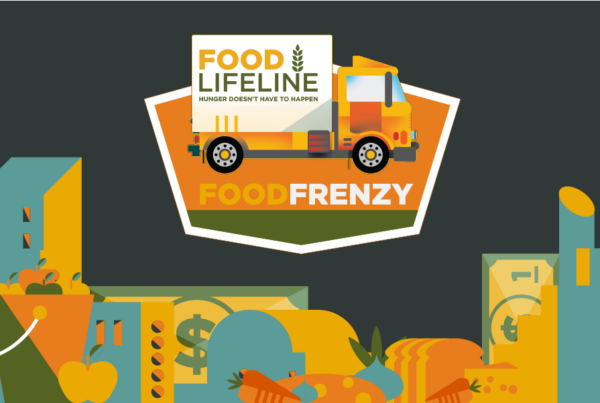In a four part blog series, we examine hunger in Western Washington and the impact it has on individuals, families and emergency food providers. As part of the Hunger in America Study, Food Lifeline surveyed our member agency food banks, meal programs and emergency shelters, as well as their clients, to get a comprehensive look at whose hungry, the effects of hunger, and how people cope. From raw data came real stories.
Employment and Education
Job, income, and schooling trends among people using food programs
 Education can be a key factor in employment and self-sufficiency for many families. But more education doesn’t necessarily guarantee a living wage job. Nearly half of our agencies’ clients have earned a high school degree or GED, and an additional 29% have some education beyond high school.
Education can be a key factor in employment and self-sufficiency for many families. But more education doesn’t necessarily guarantee a living wage job. Nearly half of our agencies’ clients have earned a high school degree or GED, and an additional 29% have some education beyond high school.
Many households have at least one person who is working – 71% of households have someone who worked in the last year. But for many families it’s not enough to make ends meet. Of those working, a majority are working less than 30 hours per week, often fewer hours at lower wage jobs than before the recession. More than 9 in 10 households are making less than a living wage, around $36,000 for a family of three.





